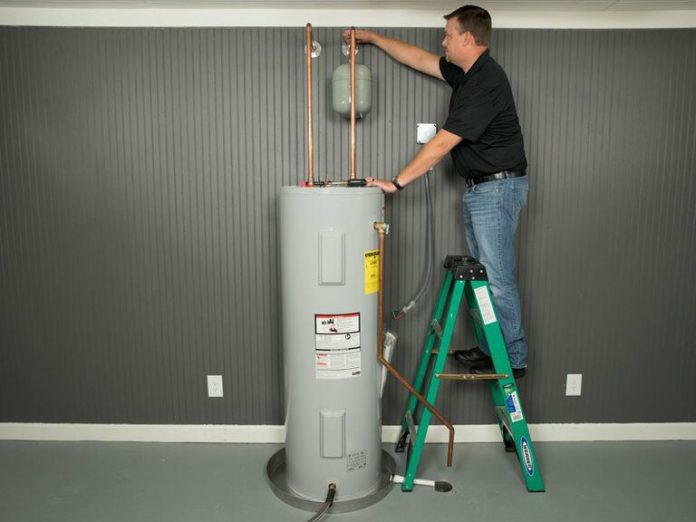Water heaters are an essential part of any home, providing hot water for bathing, cooking, and cleaning. However, like all appliances, water heaters have a lifespan and will eventually need to be replaced. In this guide, we’ll discuss the signs that indicate it’s time to replace your water heater, the types of water heater replacement available, and the replacement process.
Signs That You Need a Water Heater Replacement
Age
The age of your water heater is a significant factor in determining if it needs replacement. Most traditional tank water heaters last between 10-15 years, while tankless water heaters can last up to 20 years. If your water heater is approaching or has exceeded its lifespan, it may be time to consider a replacement.
Leaks
Leaks in your water heater tank are a clear indication that it needs to be replaced. Leaks can cause water damage and mold growth, so it’s essential to address them promptly.
Rusty Water
If you notice rusty or discolored water coming from your hot water taps, it could be a sign that your water heater tank is rusting on the inside and needs to be replaced.
Lack of Hot Water
If you’re consistently running out of hot water or if your water heater is unable to maintain a consistent temperature, it may be time to replace it.
Strange Noises
Loud banging or rumbling noises coming from your water heater could indicate that there is sediment buildup in the tank, which can affect its efficiency and lifespan.
Types of Water Heaters
Tank Water Heaters
Tank water heaters store and heat water in a large tank. They are relatively inexpensive but can be less energy-efficient than other types of water heaters.
Tankless Water Heaters
Tankless water heaters heat water on demand, providing hot water only when needed. They are more energy-efficient than tank water heaters but can be more expensive to install.
Heat Pump Water Heaters
Heat pump water heaters use electricity to move heat from the air or ground to heat water. They are highly energy-efficient but may not be suitable for all climates.
The Water Heater Replacement Process
1. Turn Off Utilities
Before replacing your water heater, turn off the electricity or gas supply and the water supply to the unit.
2. Drain the Tank
Connect a hose to the drain valve at the bottom of the water heater and drain the tank completely.
3. Disconnect the Old Water Heater
Disconnect the plumbing connections and remove the old water heater from its location.
4. Install the New Water Heater
Install the new water heater in the same location as the old one, making sure it is level and secure.
5. Connect the Plumbing
Connect the plumbing connections to the new water heater, ensuring they are tight and secure.
6. Fill and Test
Fill the tank with water and check for leaks. Once the tank is full, turn on the electricity or gas supply and test the water heater to ensure it is working properly.
Conclusion
Water heater replacement is a necessary task that homeowners may need to undertake at some point. By understanding the signs that indicate you need a water heater replacement, the types of water heaters available, and the replacement process, you can make an informed decision about upgrading your water heater. If you’re unsure about whether you need a water heater replacement, consult with a professional plumber for advice..






